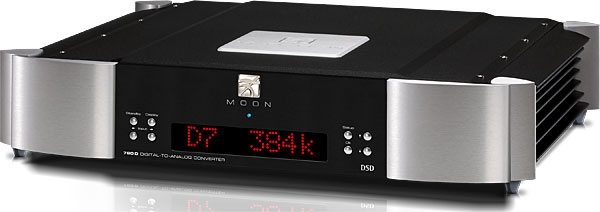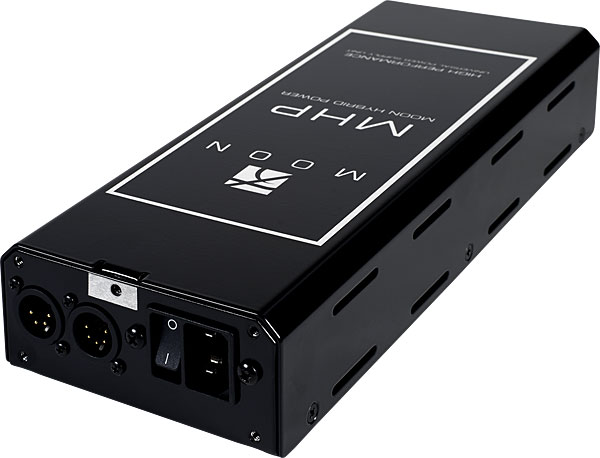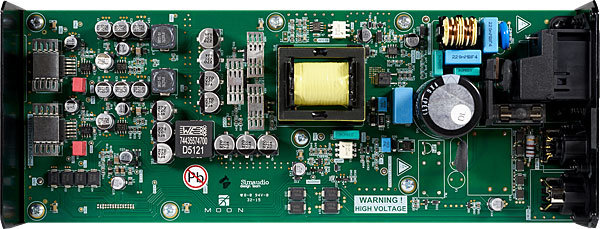| Columns Retired Columns & Blogs |
By Michael Fremer
"However, not even the finest DAC can make me appreciate the sound of 16-bit/44.1kHz CDs. Through the 780D they sounded about as good as they can"
Sorry Michael, but I've heard this blanket statement made all too many times now, and I very much believe that to get the best from CD PCM, it should NOT be converted/compared (played back) through a DSD/Delta Sigma dac.
It should only be converted (played back) through a true well sorted Multibit dac from today designers to get the best sound from it.
And therefore the two cannot be directly compared, because you need two different dacs with differing topologies to do it with.
Cheers George.










































